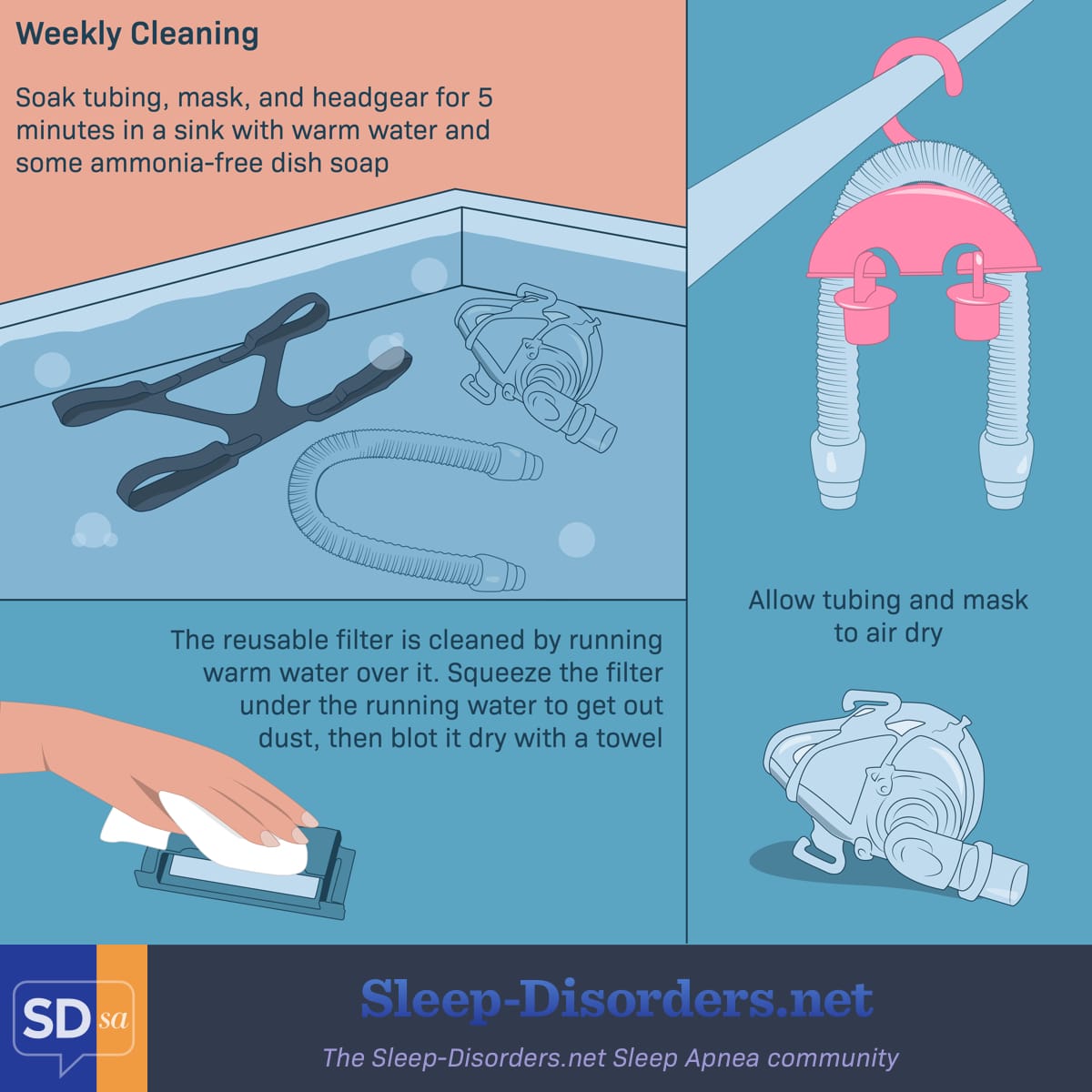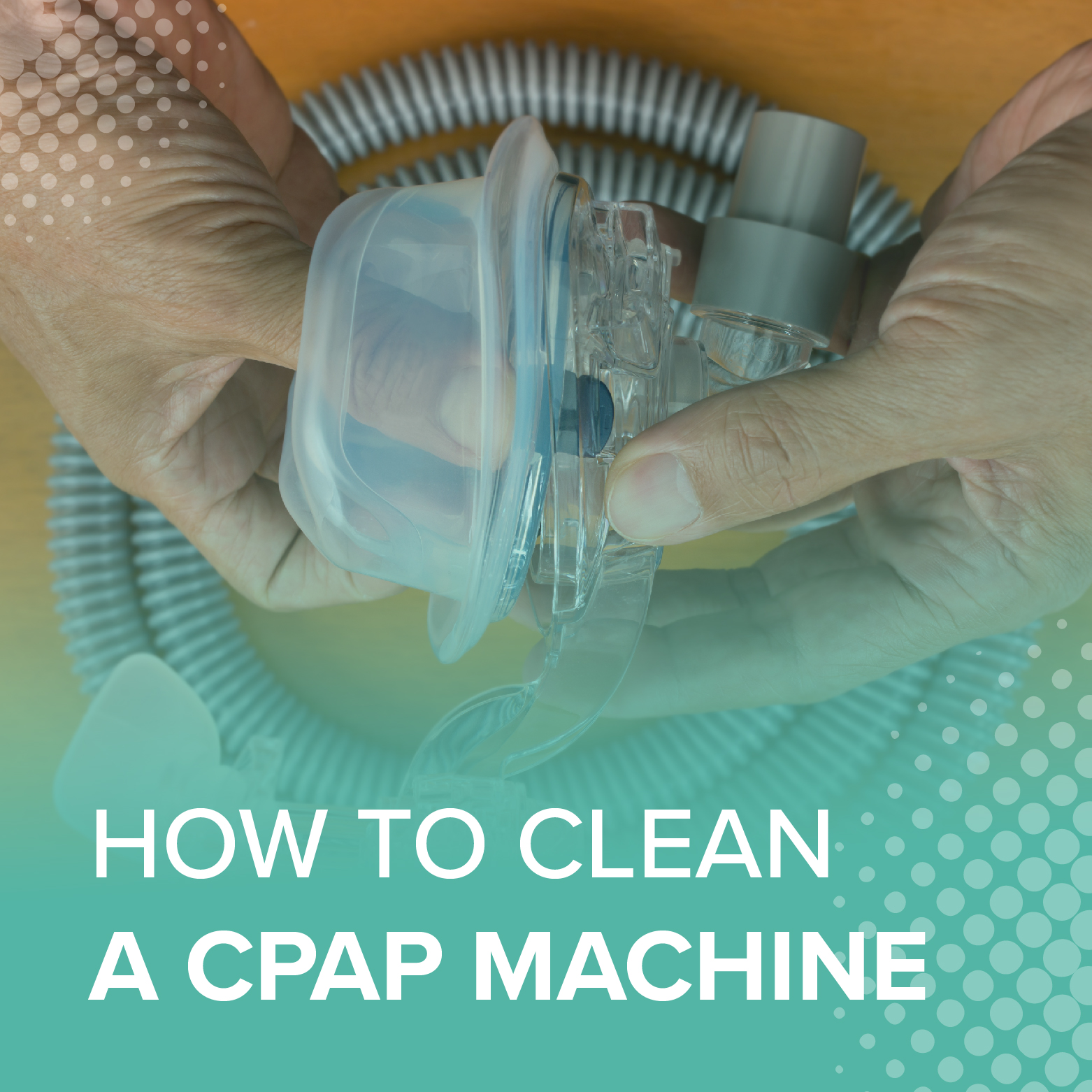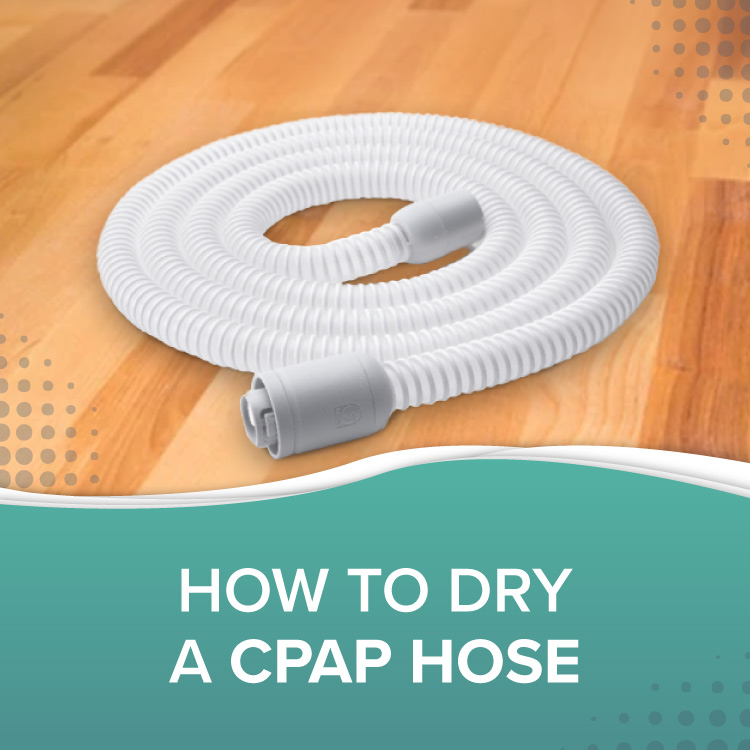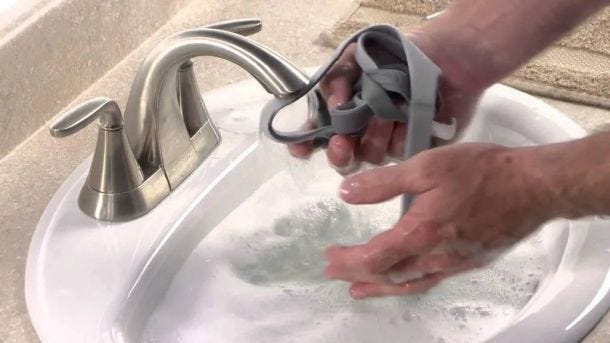How To Clean The Cpap Hose

Immediate action is needed: Dirty CPAP hoses can harbor dangerous bacteria, potentially leading to serious respiratory infections. Here’s a step-by-step guide to properly clean your CPAP hose and protect your health.
This guide provides the essential steps to clean your CPAP hose, ensuring you are breathing clean air and minimizing the risk of illness. We will cover the necessary supplies, cleaning procedures, and drying techniques for effective maintenance.
Essential Supplies
Gather these items before you begin:
- Mild dish soap (fragrance-free and dye-free is best)
- Clean water (distilled or tap)
- A clean sink or basin
- A CPAP hose cleaning brush (optional but recommended)
- Clean towel or drying rack
Daily Cleaning: A Quick Rinse
After each use, disconnect the hose from your CPAP machine and mask.
Rinse the hose thoroughly with warm, soapy water. Ensure all surfaces are wetted.
Rinse again with clean water, removing all soap residue.
Weekly Deep Cleaning: The Core Routine
Step 1: Disconnect the hose from the CPAP machine and mask.
Step 2: Fill a clean sink or basin with warm water and add a small amount of mild dish soap. Use only fragrance-free and dye-free soap.
Step 3: Submerge the hose completely in the soapy water.
Step 4: Gently swish the hose around to loosen any buildup. Consider using a CPAP hose cleaning brush to scrub the inside of the hose, if needed.
Step 5: Rinse the hose thoroughly with clean, running water. Ensure all soap residue is removed.
Disinfection: When and How
Disinfect your CPAP hose weekly, or more often if you have a cold or other respiratory infection.
You can use a diluted vinegar solution (1 part white vinegar to 5 parts water) or commercially available CPAP cleaning solutions.
Soak the hose in the disinfectant solution for the time specified on the product label or for 30 minutes in the vinegar solution.
Rinse thoroughly with clean water after disinfecting to remove any residue.
Drying: The Most Important Step
Proper drying is crucial to prevent mold and bacteria growth.
Shake out any excess water from the hose.
Hang the hose in a well-ventilated area, away from direct sunlight. Consider using a CPAP hose drying rack.
Ensure the hose is completely dry before reconnecting it to your CPAP machine. This may take several hours.
Avoiding Common Mistakes
Don’t use harsh chemicals: Avoid bleach, alcohol, or strong detergents, as these can damage the hose and leave harmful residues.
Don’t use a dishwasher: The high heat can warp or damage the hose.
Don’t dry in direct sunlight: UV light can degrade the material of the hose.
Don't reconnect until completely dry: Moisture promotes bacterial growth.
Recognizing Signs of Damage
Regularly inspect your CPAP hose for cracks, tears, or discoloration.
If you notice any damage, replace the hose immediately.
A damaged hose can leak air, reducing the effectiveness of your CPAP therapy and potentially introducing contaminants.
When to Replace Your Hose
According to the American Academy of Sleep Medicine, CPAP hoses should be replaced every three months, or more often if damaged.
Regular replacement ensures optimal hygiene and performance.
Check with your medical equipment supplier for recommended replacement schedules and compatible hoses.
CPAP Cleaning Machines: Are They Worth It?
CPAP cleaning machines are available, but their effectiveness is debated.
The FDA has not cleared or approved many of these devices, and some may pose health risks.
Consult with your doctor before using a CPAP cleaning machine.
Consulting with Healthcare Professionals
If you have concerns about cleaning your CPAP equipment or experience respiratory issues, consult with your doctor or a respiratory therapist.
They can provide personalized advice and address any specific concerns related to your health condition.
Following these steps diligently will help maintain a clean and healthy CPAP system, ensuring effective therapy and reducing the risk of respiratory infections. Prioritize this routine to protect your well-being.

















:max_bytes(150000):strip_icc()/how-to-clean-cpap-3015322-v1-5c1ac1cc46e0fb0001e27563.png)
